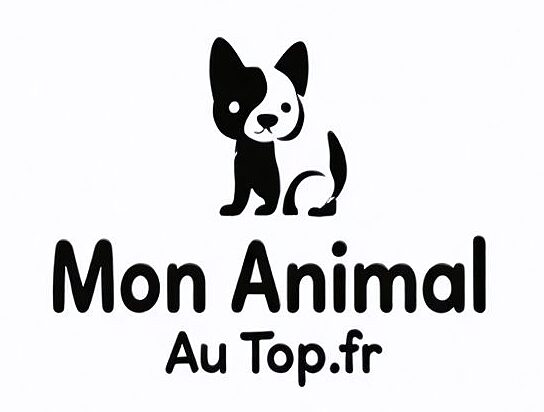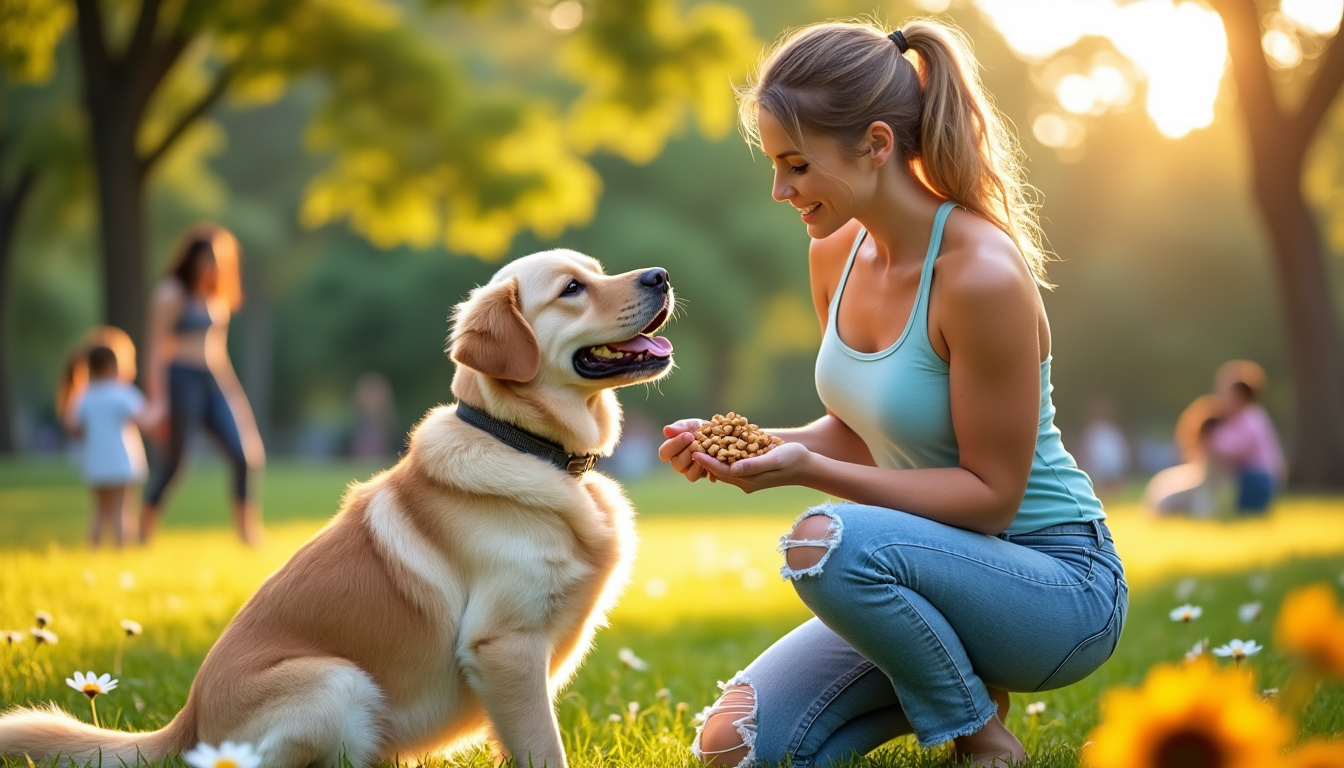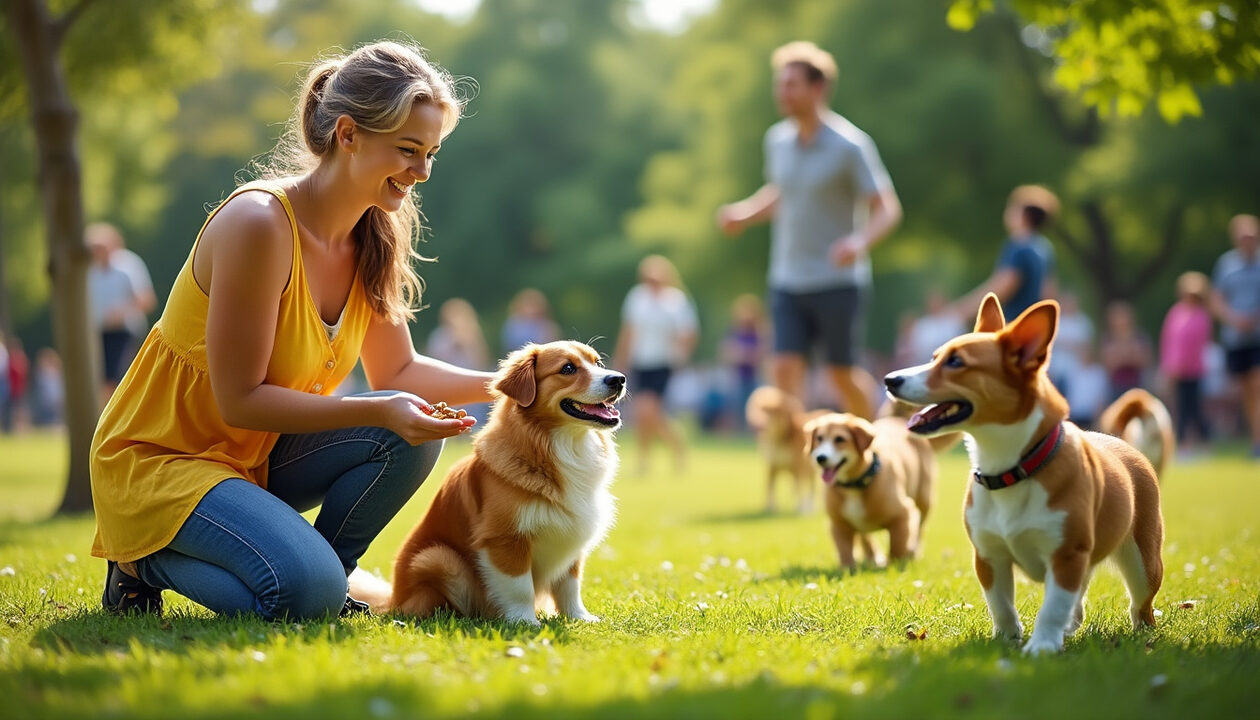What are the common mistakes to avoid in dog training?
Dog training plays a fundamental role in the harmony between your dog and yourself. However, many owners, often unknowingly, make common dog training mistakes. These blunders can harm your four-legged companion’s behavior as well as the relationship you maintain with them. This text highlights these bad dog training practices and offers you solutions to effectively avoid them. With relevant dog training tips, you can implement appropriate dog training techniques that encourage positive learning and a trust bond. You will also discover how to assess your dog’s behavior to reduce dog training problems you might encounter.
Communication mistakes during training
The first point often overlooked concerns communication. Dogs, although used to living with us, do not always understand our expectations! It is crucial to establish a clear and consistent language during training sessions.
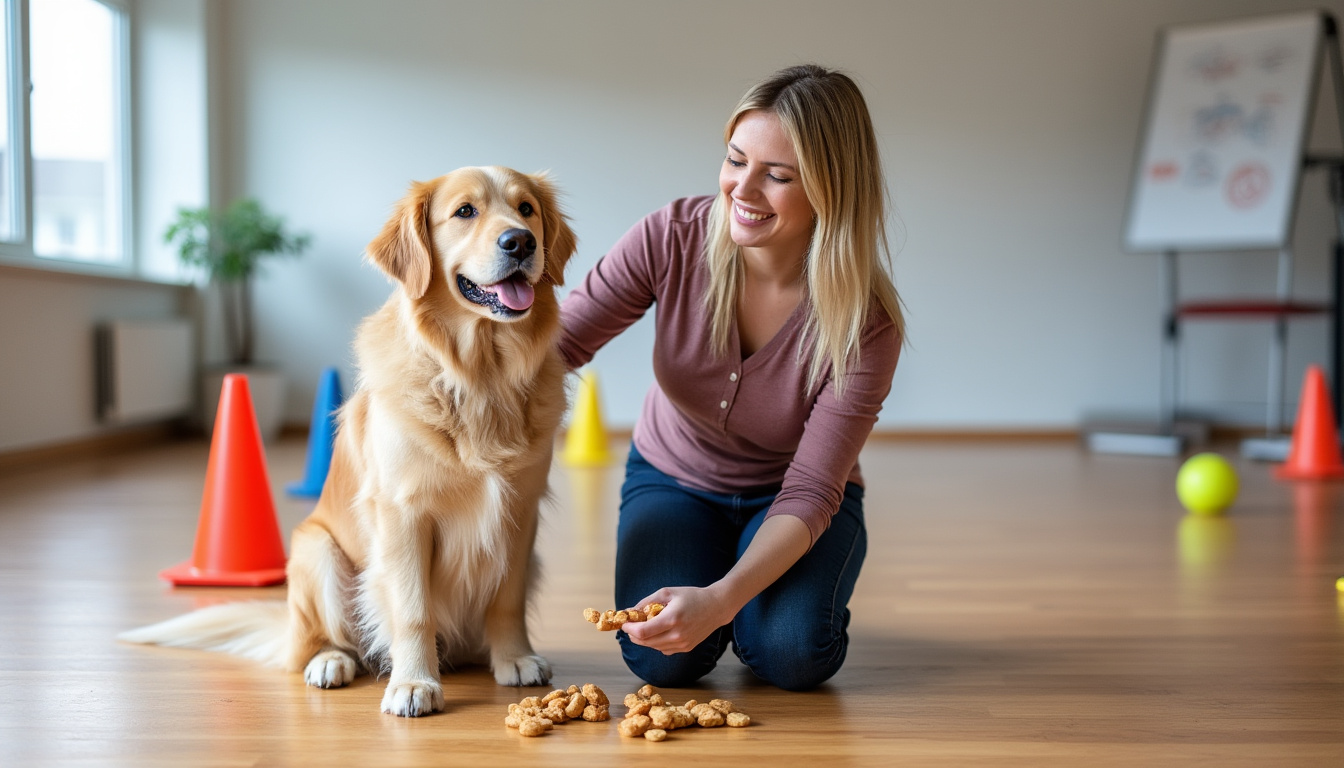
Establishing clear language
Commands should be short and identical from one person to another. If one family member says “sit” and another says “sit down”, the dog will be confused. To avoid creating dog training issues, choose a few simple words and stick to them, regardless of who is handling the animal.
Gestures and the tone of your voice also matter. A single tone can convey multiple emotions. Therefore, it is essential to be consistent. For example, if you use an enthusiastic tone for a positive command and scream when the dog makes a mistake, your dog may feel lost and anxious.
Consistency in training
Inconsistency is a treacherous trap. Harmonize family rules regarding the dog’s behavior. If some people are lenient while others are not, the dog will not know what it should do. Set the rules together and adhere to them to reduce confusion.
Common training mistakes you should avoid
The right way to train a dog involves a thoughtful and methodical approach. The more you understand what works, the less likely you are to make mistakes.
Positive reinforcement vs negative reinforcement
Positive reinforcement is fundamental. Whenever your dog performs a desired behavior, a reward should follow. This can be a treat, a pat, or a simple praise. Avoid using negative reinforcement as it can generate anxiety and worsen relationships. For example, replace shouting orders with encouragements. This will help your dog associate appropriate behaviors with positive experiences. This method contributes to a more sustainable and enjoyable positive dog training.
Learning through trial and error
Expecting your dog to learn overnight is unrealistic. Sometimes, learning takes several months, depending on the age and individual characteristics of the animal. Every dog is unique. Therefore, it is crucial to show patience and understanding during this learning period. Solutions should be tailored, and you may also consider online dog training to get advice and integrate effective practices.
Importance of socialization for balanced training
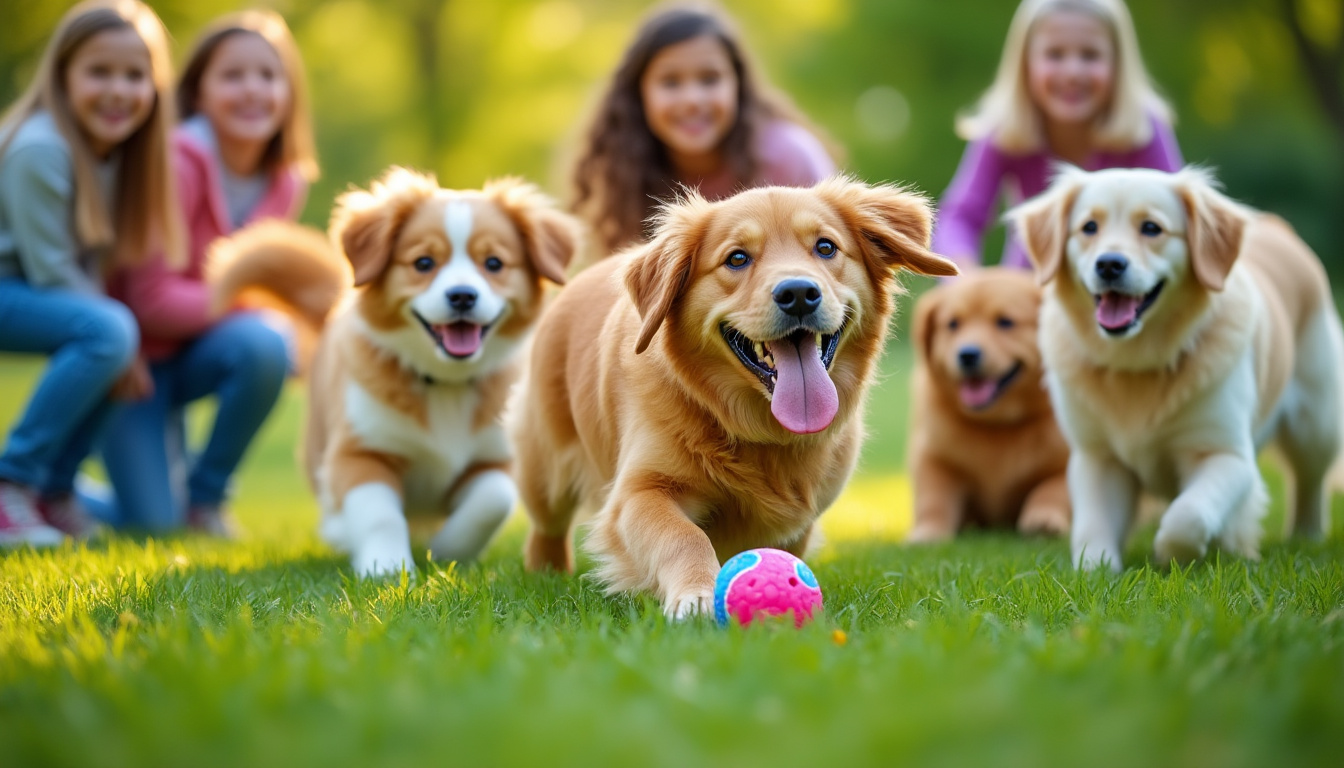
Socialization is another essential aspect not to neglect. It is a crucial step that influences a dog’s behavior.
Early exposure to various environments
Socializing your dog from a young age will help them be confident and balanced. For example, if a puppy has never met other dogs, it may become fearful as an adult. Expose your dog to different noises, situations, and types of people to prevent it from developing unjustified fears. Investing in this phase of socialization always pays off! Consulting a professional trainer during the initial encounters may be wise.
Manage interactions diligently
When socializing your dog, ensure that the encounters take place in a safe and positive environment. Do not let bad interactions harm your dog’s well-being. If you observe tension, it is best to temporarily remove the animal. Everything must remain joyful and kind to develop friendly behavior in the long run.
Frequently made mistakes in dog training
It is essential to recognize and avoid frequent mistakes that could undermine your training efforts. Dog training problems can often be resolved by a simple awareness and adjustments.
Ignoring the dog’s body language
Dog communication is not limited to what is said. Dogs are experts in reading body language. Ignoring these signals can lead to conflicts or misunderstandings. Reflexes such as tail movement or ear position can mean a lot. Being attentive to their language will help you better assess their behavior.
Excessive use of punishment
Many owners believe that hitting or shouting is the solution to correct bad behaviors. On the contrary, these methods damage the dog’s trust in its owner. The best way to correct a behavior is to ignore undesirable behaviors when they are not dangerous and instead reward desired behaviors.
| Common Mistakes | Solutions |
|---|---|
| Inconsistency | Establish clear rules and a shared language |
| Excessive Punishment | Favor positive reinforcement |
| Ignoring Body Language | Be attentive to your dog’s non-verbal signals |
| Lack of Socialization | Expose the puppy to various environments |
| Impatience | Respect the dog’s learning pace |
Avoiding these common dog training mistakes is essential to forge a beautiful relationship with your companion. Each good practice highlights the love and understanding necessary for healthy training. Remember that learning is an adventure worth sharing!
